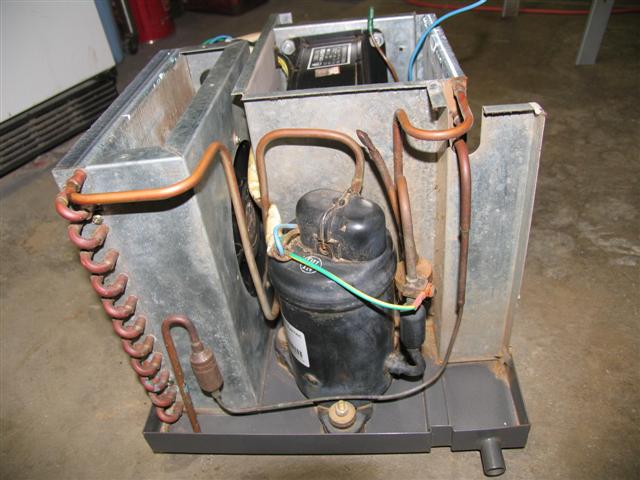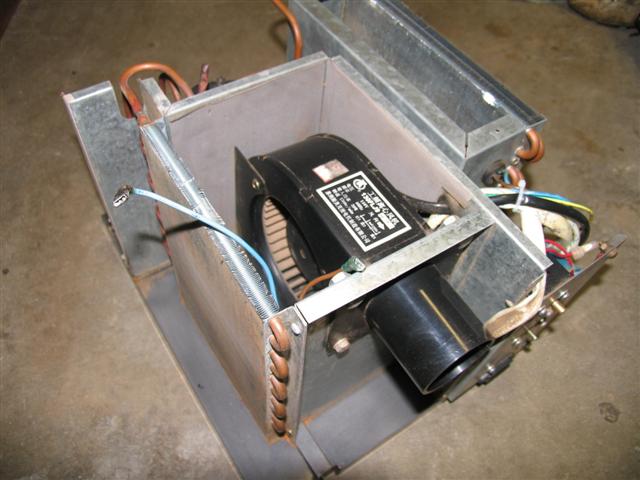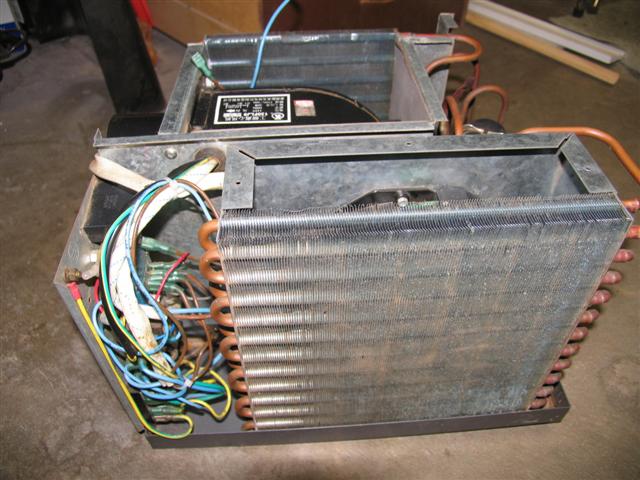bdosborn wrote:That's where I was going originally. I got as far as researching homebuilt computer A/C but lost interest after I got the Pet Cool. That would be a slick setup if everything but the evaporator was on the tongue or something. I wonder how hard it would be to recharge it if you cut and extended the refrigerant lines? I wonder if the compressor would pump the refrigerant very far or high?
Bruce
Refrigeration isn't really sensitive to the length of tubing, at least for what would be required to split a pet cool in a tear drop. However you do need to know what you are doing and you need to be licenced (in Canada anyways) in order to buy the additional refrigerant you would need to compensate for the increase in volume from the additional piping.
Most any repair place could discharge the unit and then refill it once you have the unit in position. Refrigerant lines need to be
Sil-Phosed (copper-copper) or silver solidered (copper-steel). If you want to do this yourself you'll need a hotter flame than provided by a propane torch. Plus you need practice keeping stuff clean.
What I'd do in your case is take the pet cool unit down to a independent shop that does both residential A/C and Automotive A/C. He can evacuate the system and supply you with two lengths of tubing appropriately sized. Once you have the evaporator and condesing unit mounted where you want them; and the tubing ran between the two (make sure to leave a good foot extra to give the tech something to work with) return to the shop. The shop can braze the joints up, pull a vacuum, check for leaks with nitrogen and finally charge the system.
This ain't going to be cheap by the way. There is at least a couple hours of labour + materials for 4 joints and the refrigerant grade copper tubing.


